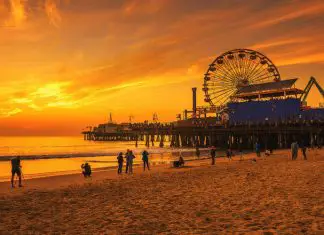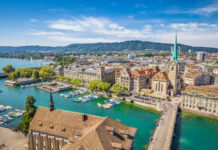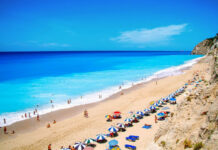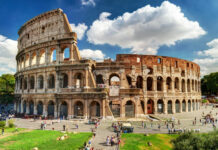1Glacial Ice Is Blue

One of the most striking features of glaciers is the deep blue color of their ice. This occurs because glacial ice is incredibly dense, and as light enters the ice, it absorbs all colors of the spectrum except blue, which is scattered and reflected. The older and denser the ice, the bluer it appears. This creates breathtaking scenes of blue-hued glaciers, particularly in regions like Alaska, Greenland, and Antarctica.
Glaciers are more than just frozen rivers of ice—they are dynamic, powerful, and vital to the health of our planet. From their role in shaping the Earth’s landscapes to their importance in understanding climate change, glaciers are truly one of nature’s wonders. However, with many glaciers retreating due to global warming, their future is uncertain. Protecting and preserving these frozen giants is crucial, not only for the ecosystems they support but also for the people who depend on them for freshwater and other resources.





















